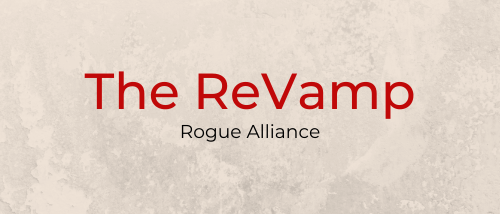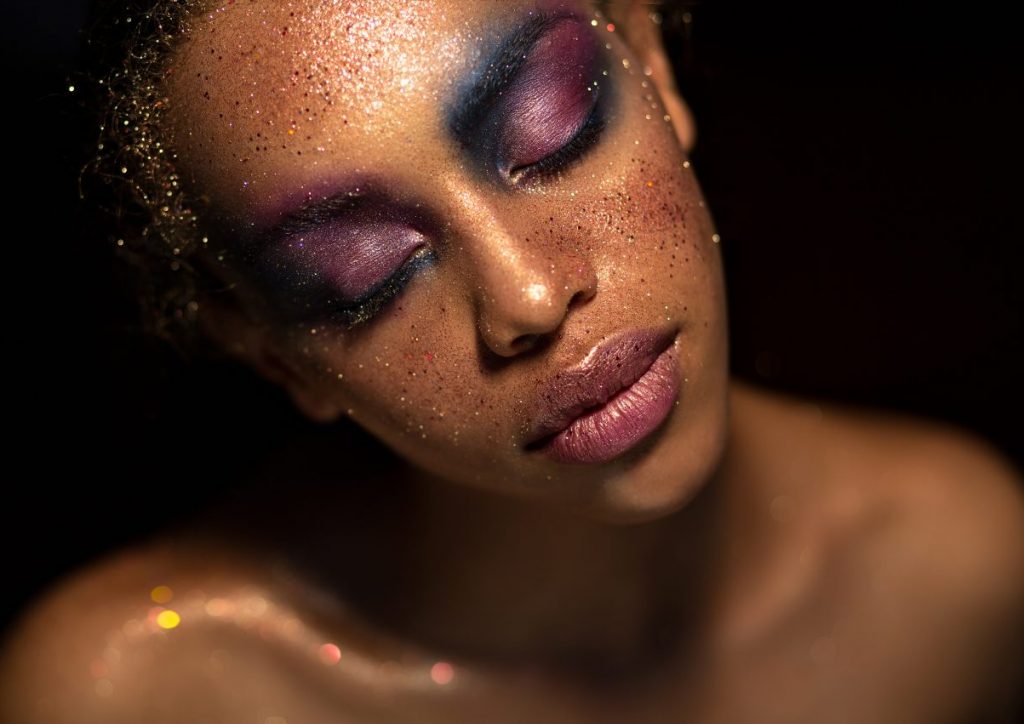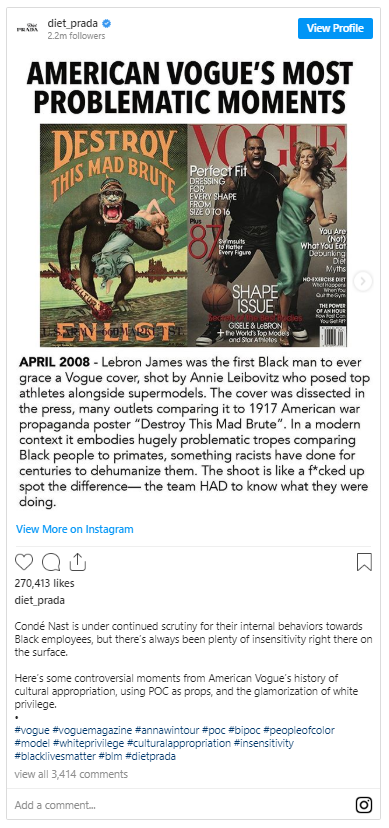The #BlackLivesMatter movement has become stronger after the video of George Floyd being murdered by a police officer went viral. The world experienced the visceral effect of watching a man beg for his life while experiencing police brutality. No longer could the cries against police brutality particularly from people of colour fall on deaf ears or be dismissed as a figment of their imagination.
Big brands started making bold statements against racism. The public however started questioning the authenticity of these statements. Activists scrutinized the diversity of these brands’ boards and C Level executives. In most cases the picture is lily white.
Authenticity is a major factor when raising your voice for certain causes. People don’t want a message on your website saying you stand against racism. People want to see you live the ethos in your organisation particularly since segregation laws have been done away with in most countries for over half a century, and almost 30 years in South Africa.
One such big brand in the fashion industry is Vogue and the magazine recently ran an article by Samantha Rennalls’ A Psychologist’s Guide To Healing From Racial Trauma. The article explicitly explains that experiencing racism causes trauma. Trauma that must be addressed, not quietly ignored or swept under the carpet to make sure that ‘white people’ aren’t made to feel uncomfortable. This is one of many articles on the Vogue online offering that seeks to address the issue on an ongoing basis. Vogue has a problematic past with running campaigns that are racist and insensitive so I dug a bit further as to why the major change.
Challenging brands’ authenticity on the issue of supporting the Black Lives Matter movement, has led some brands away from publishing once-off anti-racism statements on their websites to actually making an effort in maintaining the dialogue around racism. Vogue USA’s Editor-In-Chief, Anna Wintour, took such as step and apologised for not giving space to black people at Vogue, and she apologised for printing ‘hurtful and intolerant’ stories and images.
Knowing Vogues problematic history with race – e.g. the slave earrings saga in Vogue Italia in 2011 and the “Kong LeBron” Cover in Vogue USA in 2008, this is definitely a step in the right direction albeit has been slow going. it had to take the Floyd event for an industry leader to start taking baby steps towards the right direction, despite loud noises being made in the past for the brand to cease careless and incessant racist behaviour as depicted in Instagram influencer diet-prada’s post below.
Beverley Johnson the first black woman to grace the cover of Vogue, wrote and Op-Ed in the Washington Post titled, I was the first black model on the cover of Vogue. The fashion industry still isn’t fixing its racism. Johnson speaks of the slow transformation in the industry and the use of tokenism which led to her being the only black model in many shoots throughout her career. The tokenism trend lead to limited opportunities for other black models because one black at an agency was enough to feign diversity. In her Op-Ed Johnson condemns the magazine and says,
“My debut was meant to usher in a current of change in the fashion industry, but as the national conversation around racism expands, stories about discrimination in the fashion industry and at Vogue, in particular, have come under the spotlight.”
Is Vogue the only offender in the industry? No. It is however the industry leader and sets the tone for much of the industry. It’s for brands who are industry leaders to start putting their mouths where their money is. The ‘awakening’ spoken of during the strengthening of the #BlackLivesMatter movement in 2020 is not so much an ‘awakening’ from ignorance but an awakening from a self-serving attitude of denial. No way can the ‘I did not know’ excuse, hold water.


